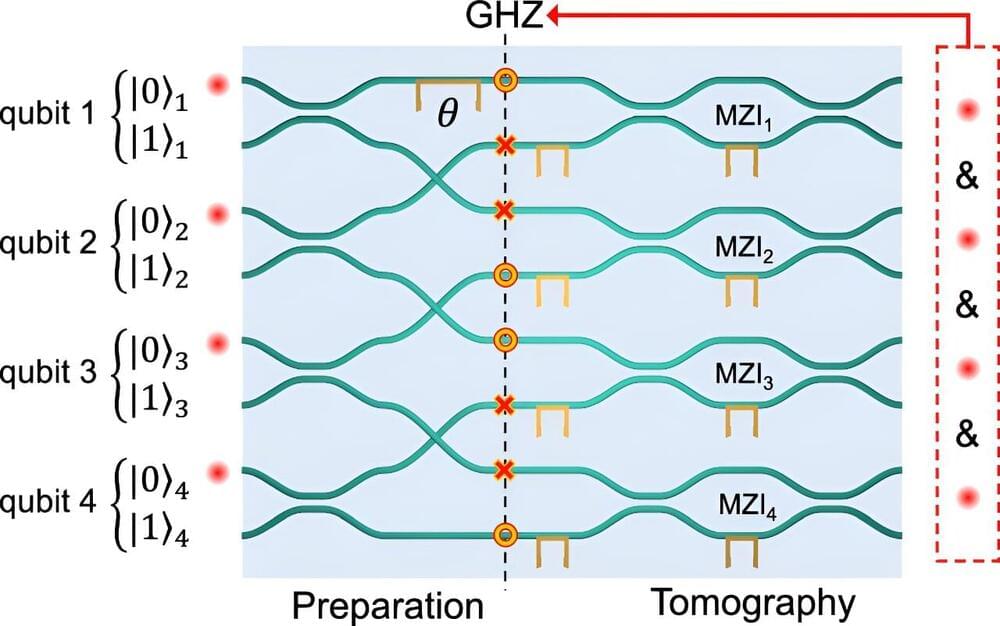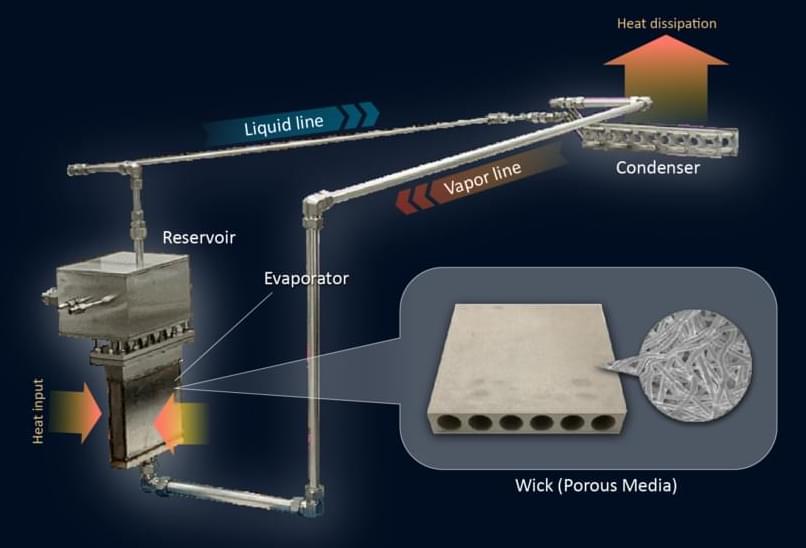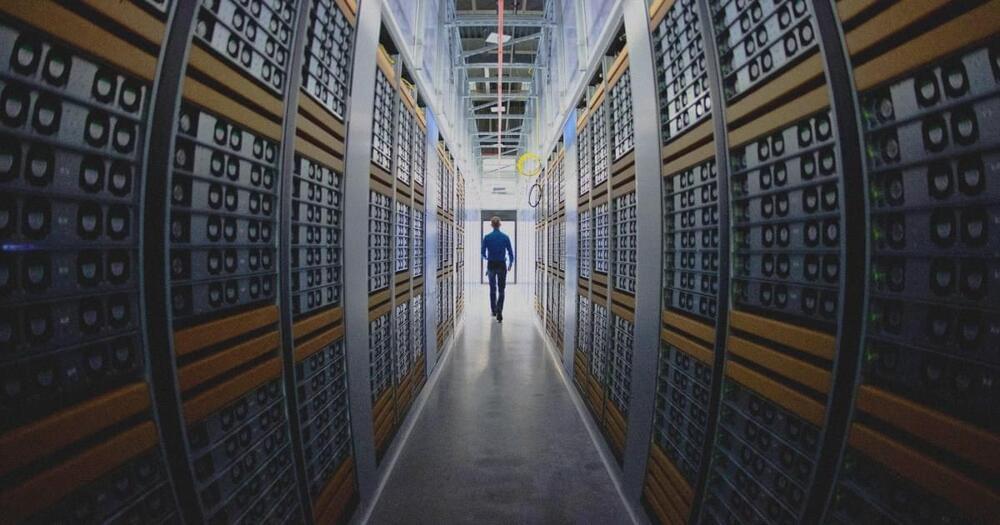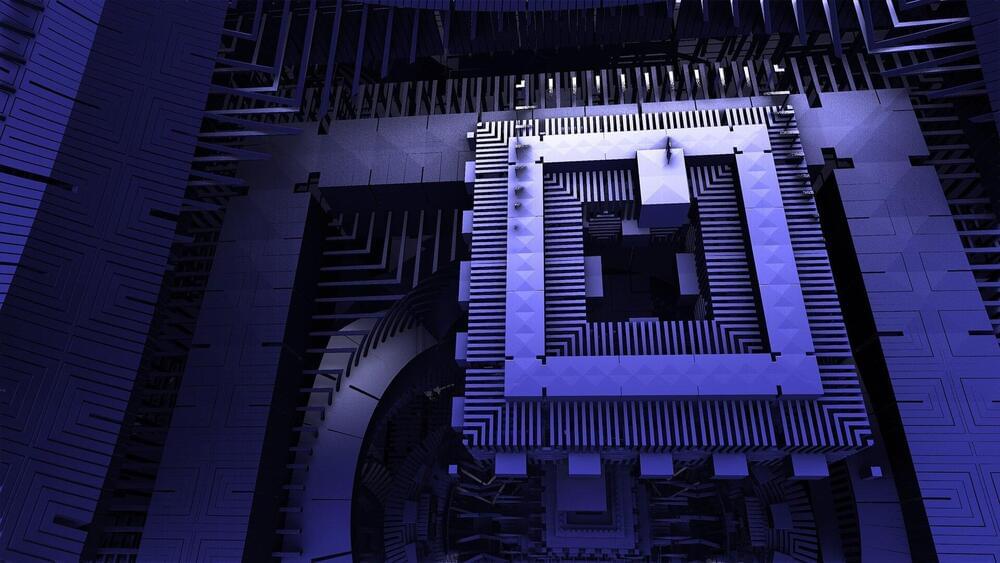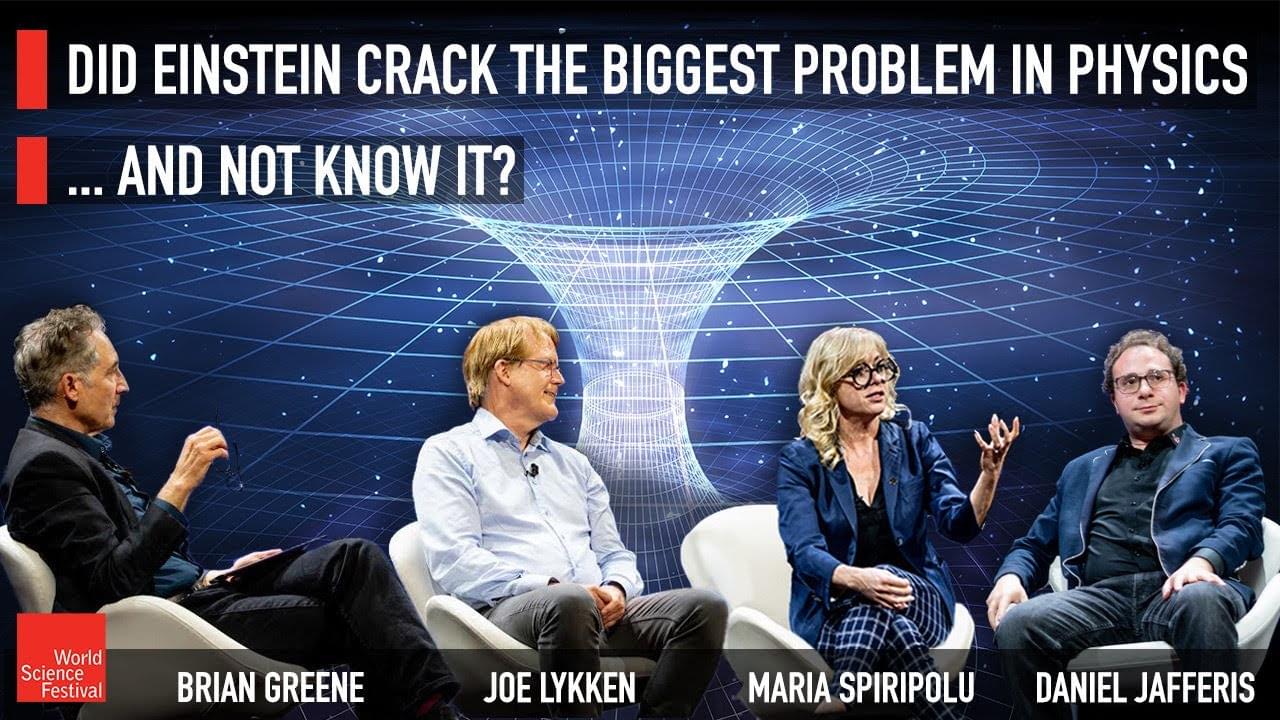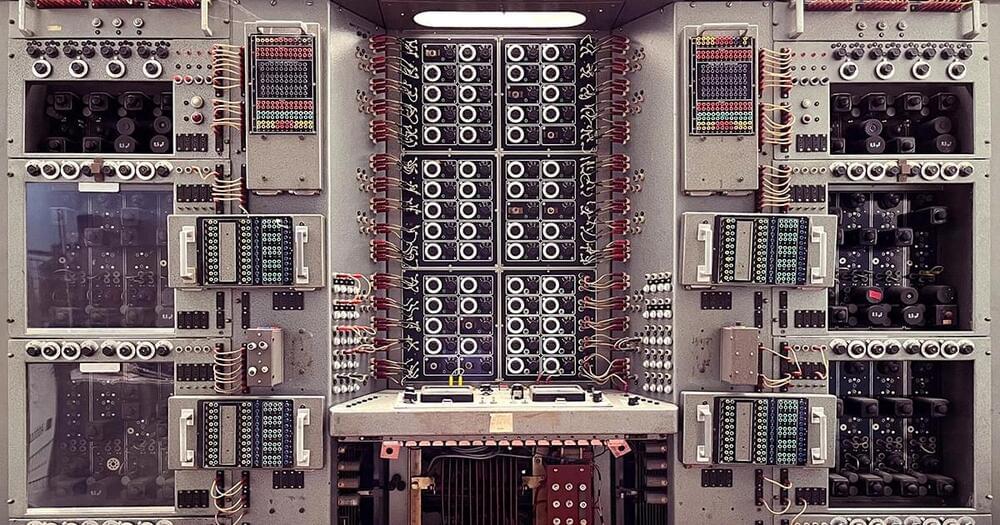Aug 12, 2024
Chip that entangles four photons opens up possibility of inviolable quantum encryption
Posted by Shailesh Prasad in categories: computing, encryption, information science, mathematics, quantum physics, security
Unlike classical encryption, which relies on mathematical algorithms, quantum encryption assures security based on physical principles. Detection of espionage or interference is guaranteed by unavoidable alteration of the quantum states involved.
